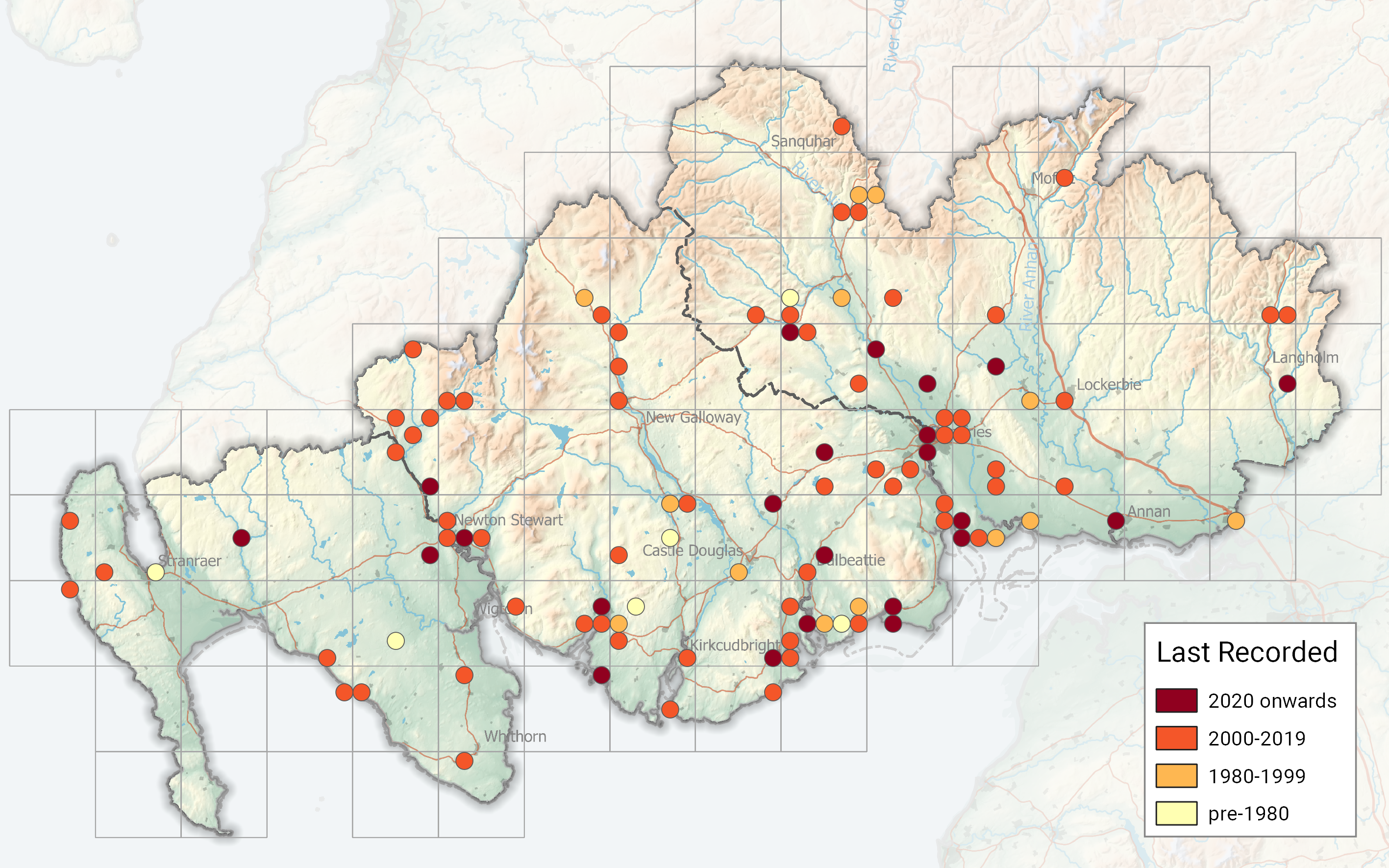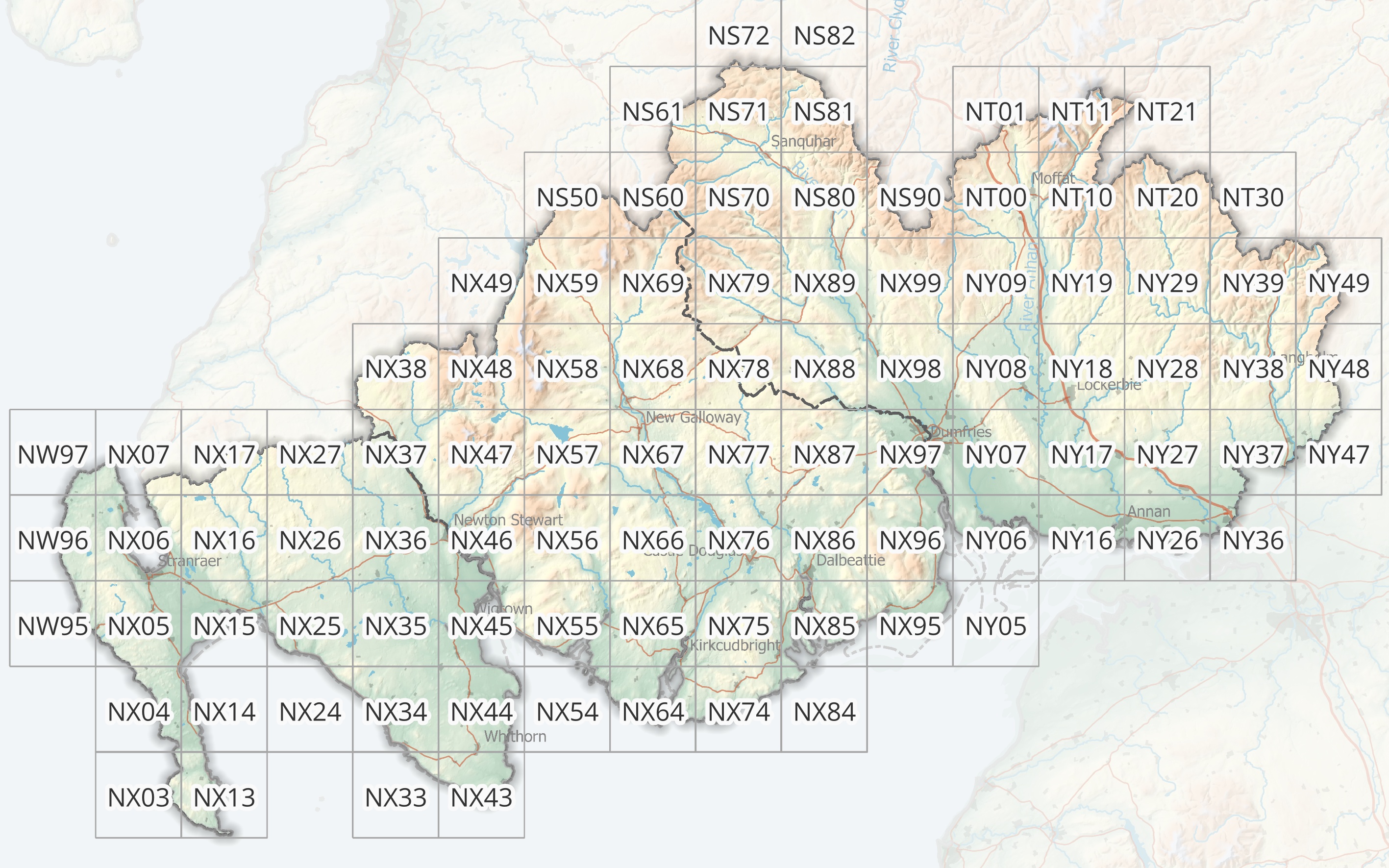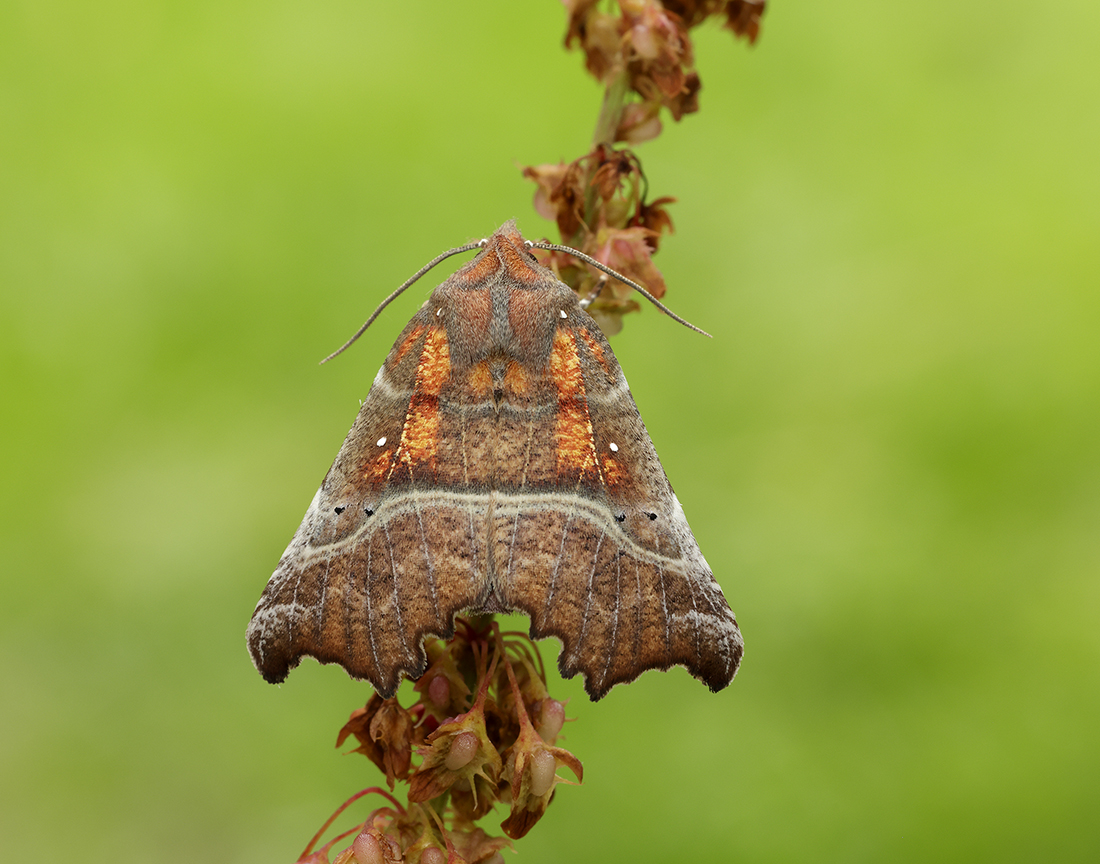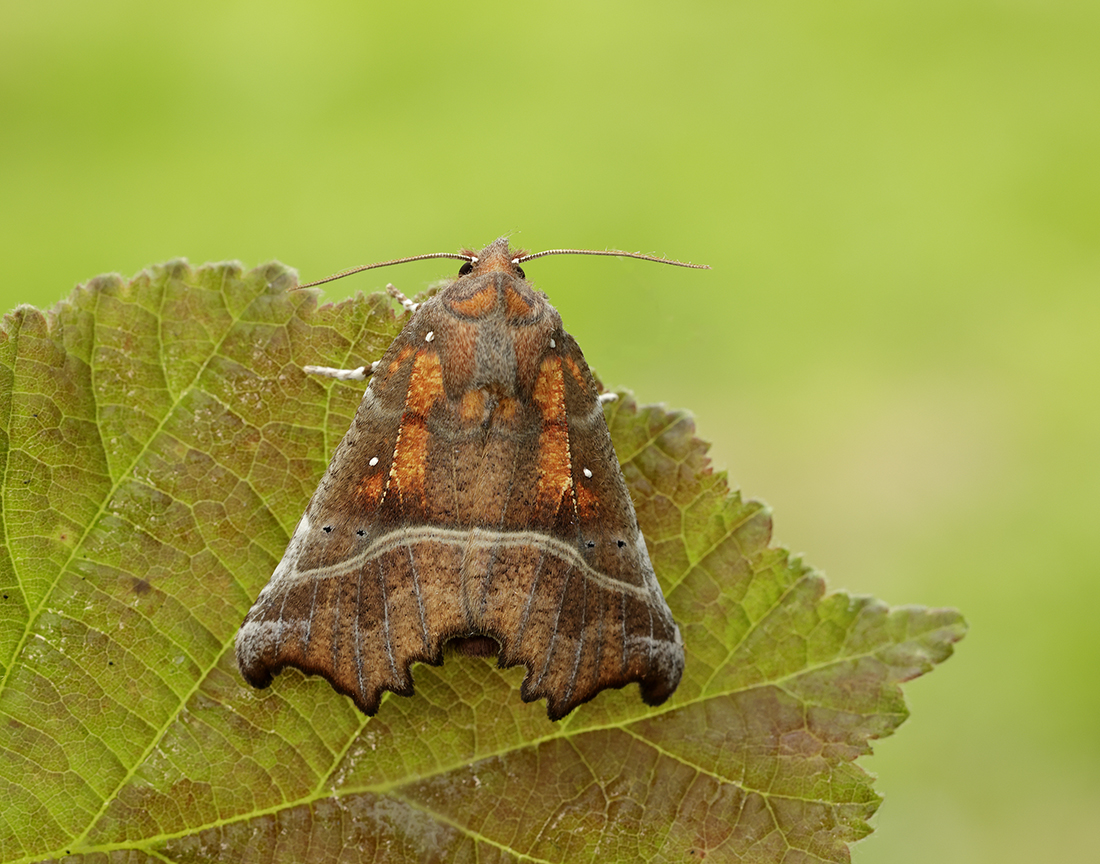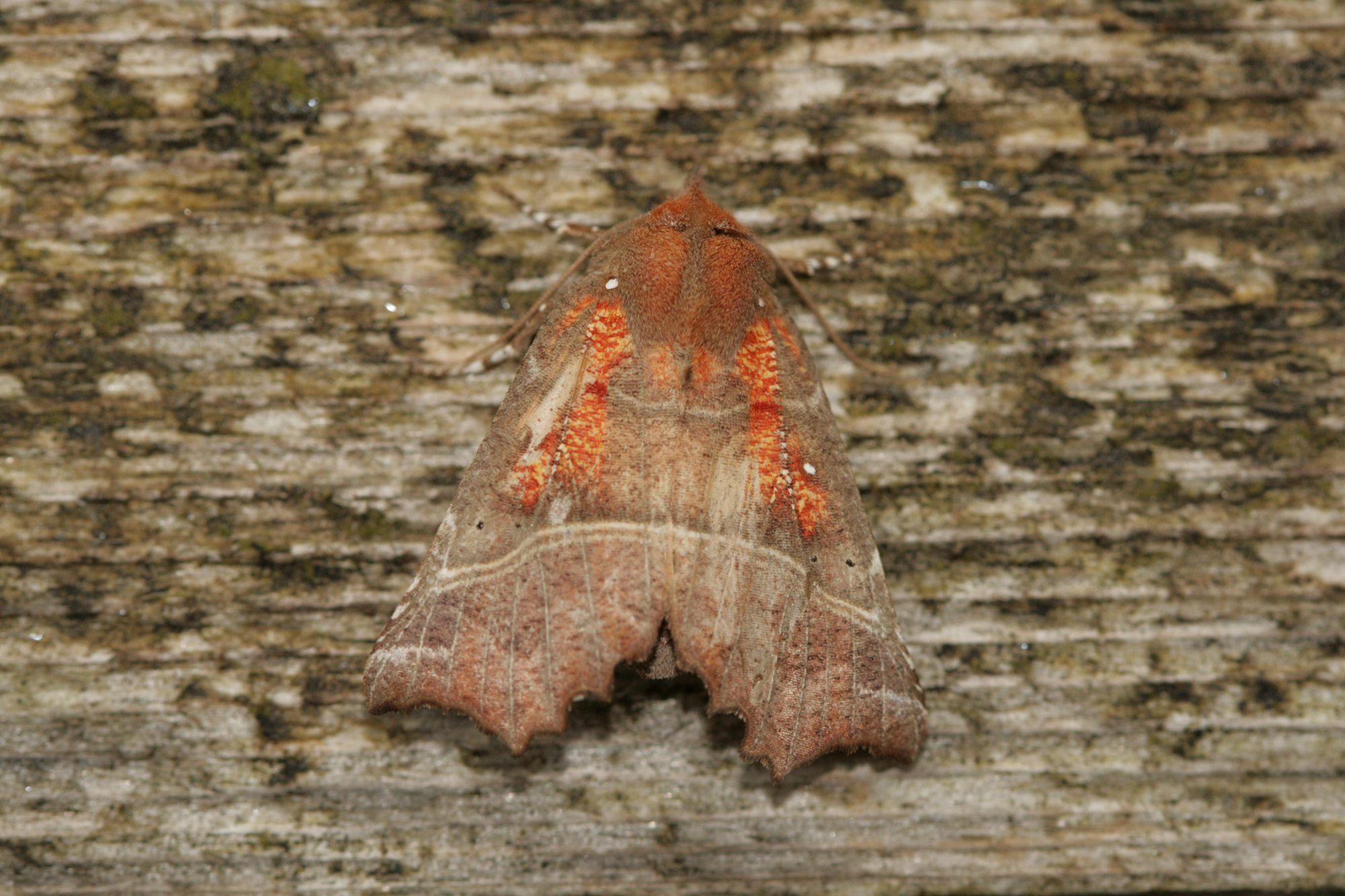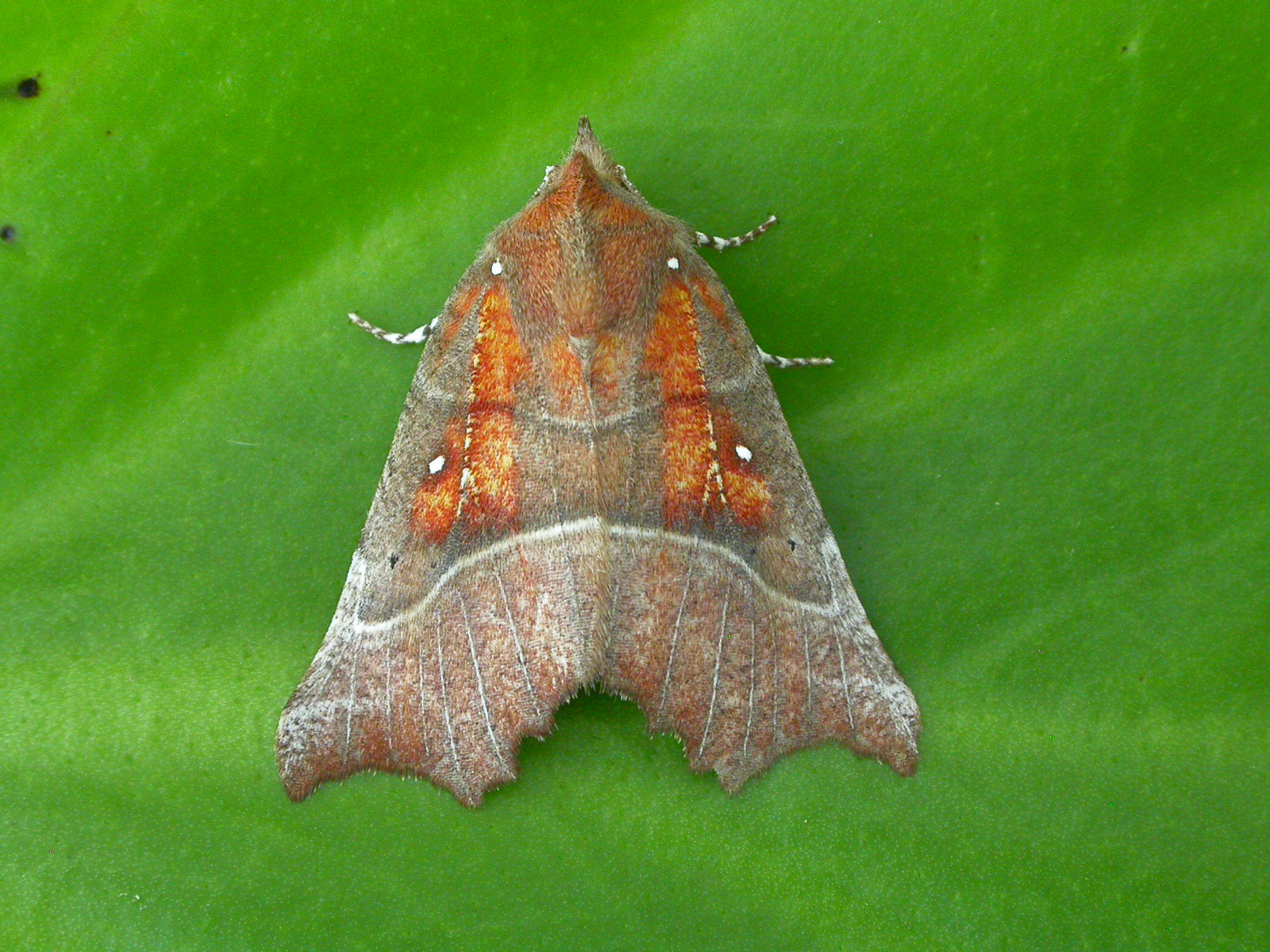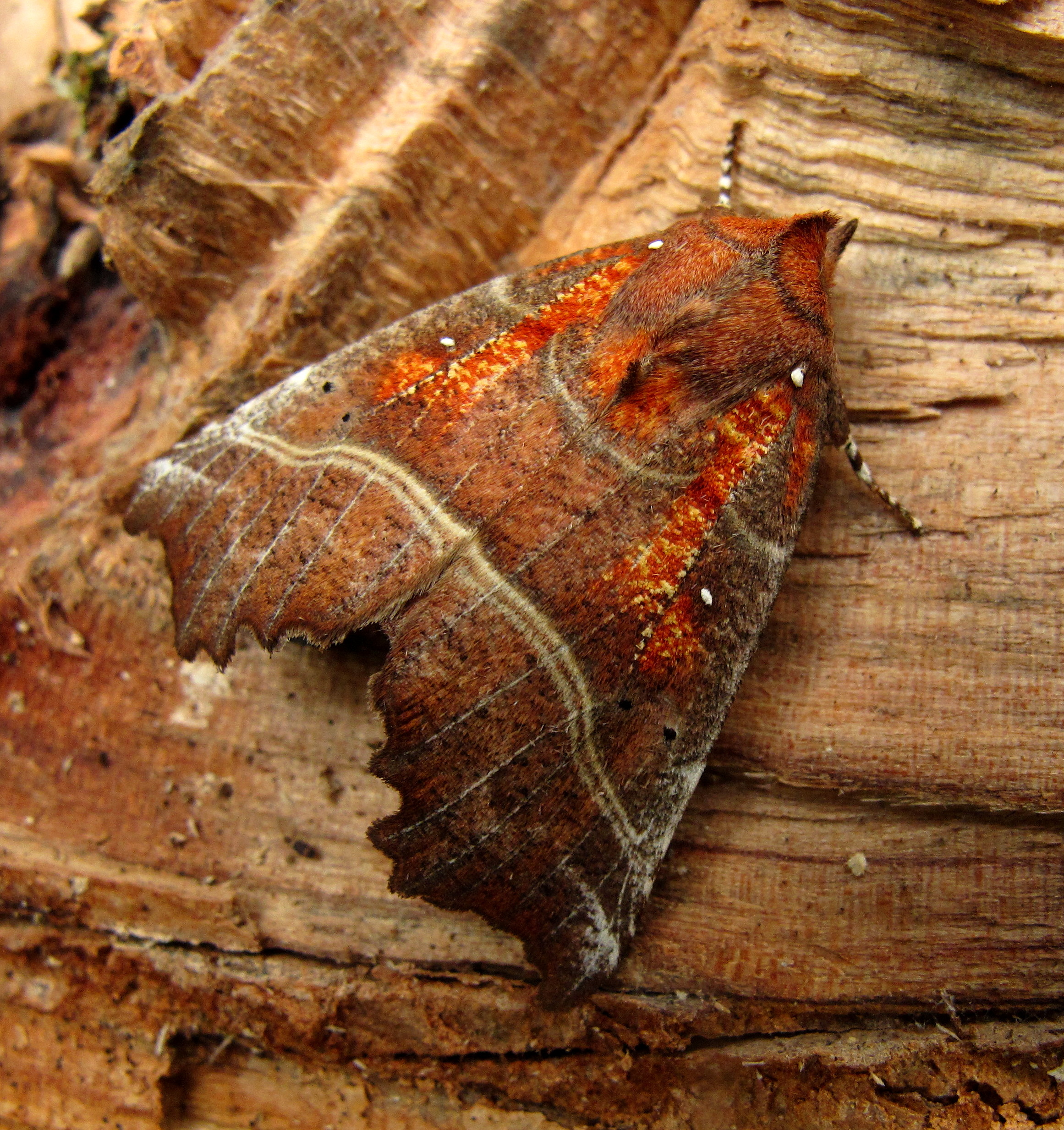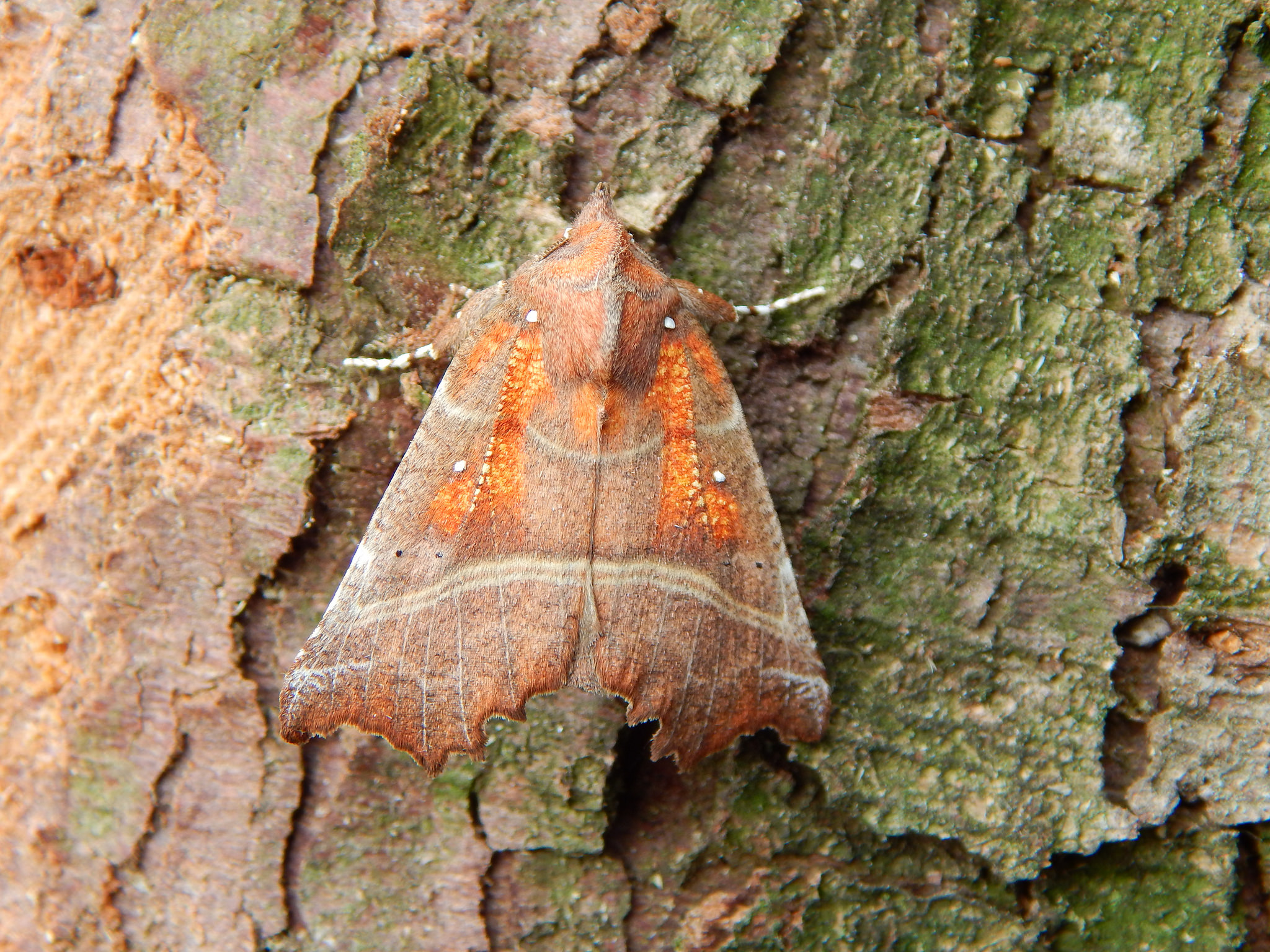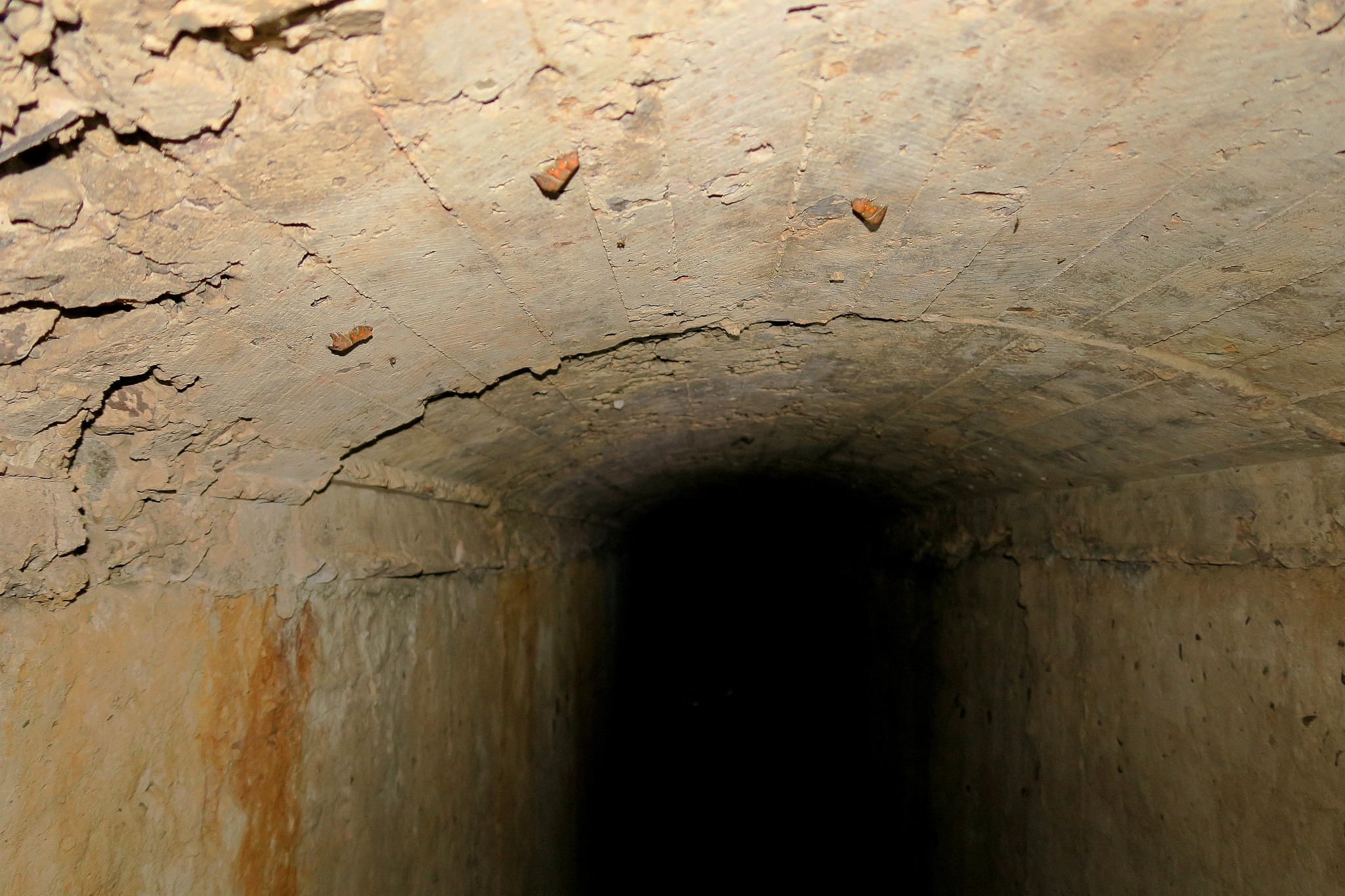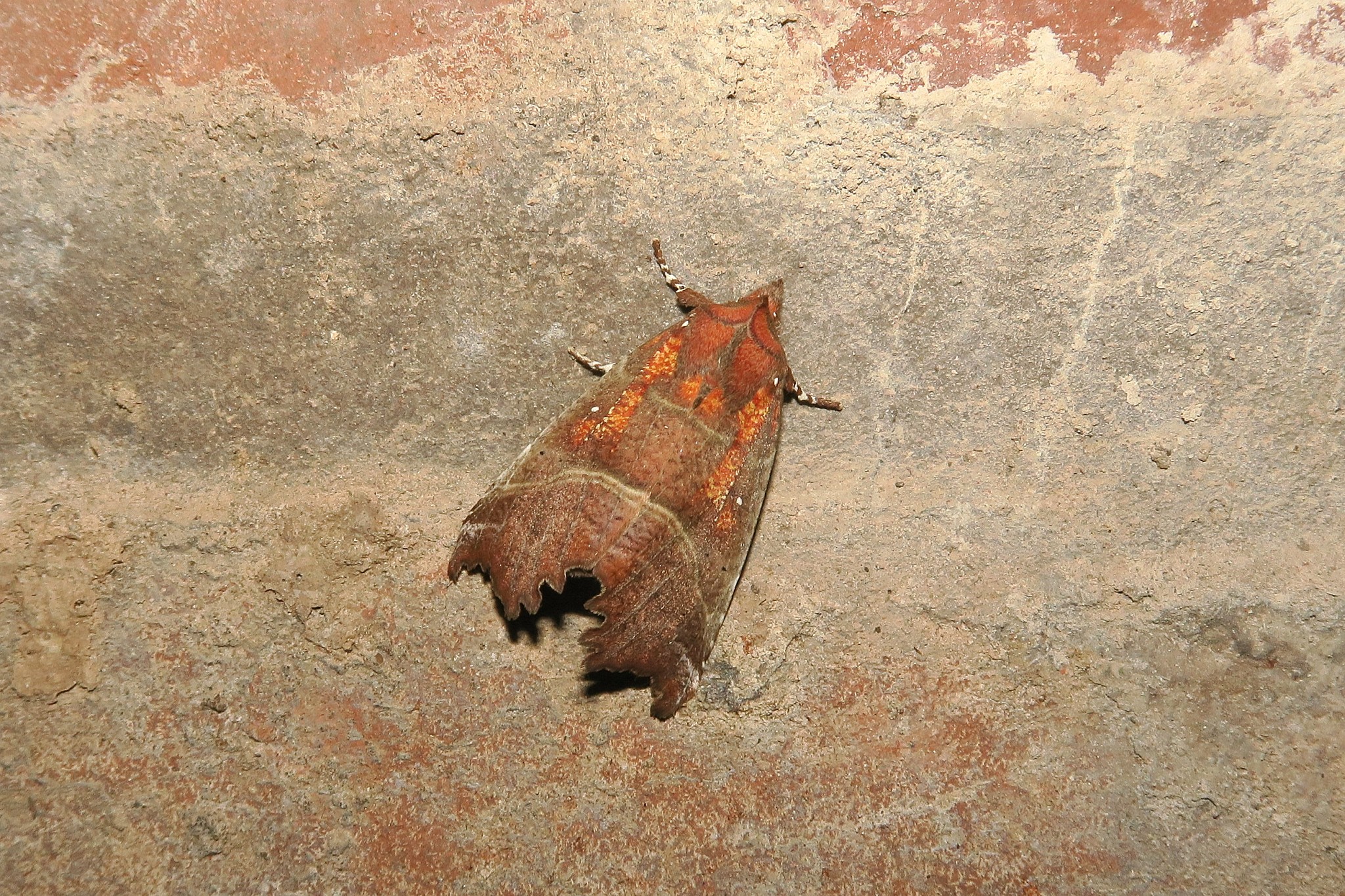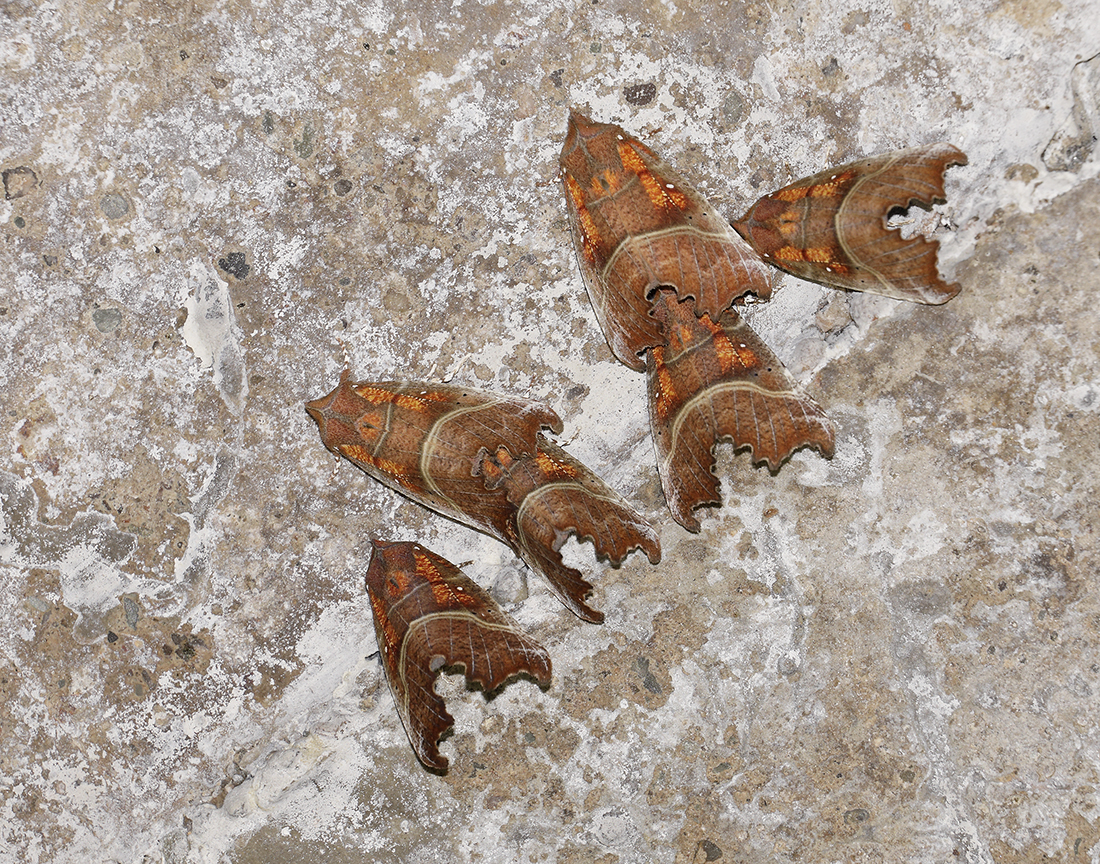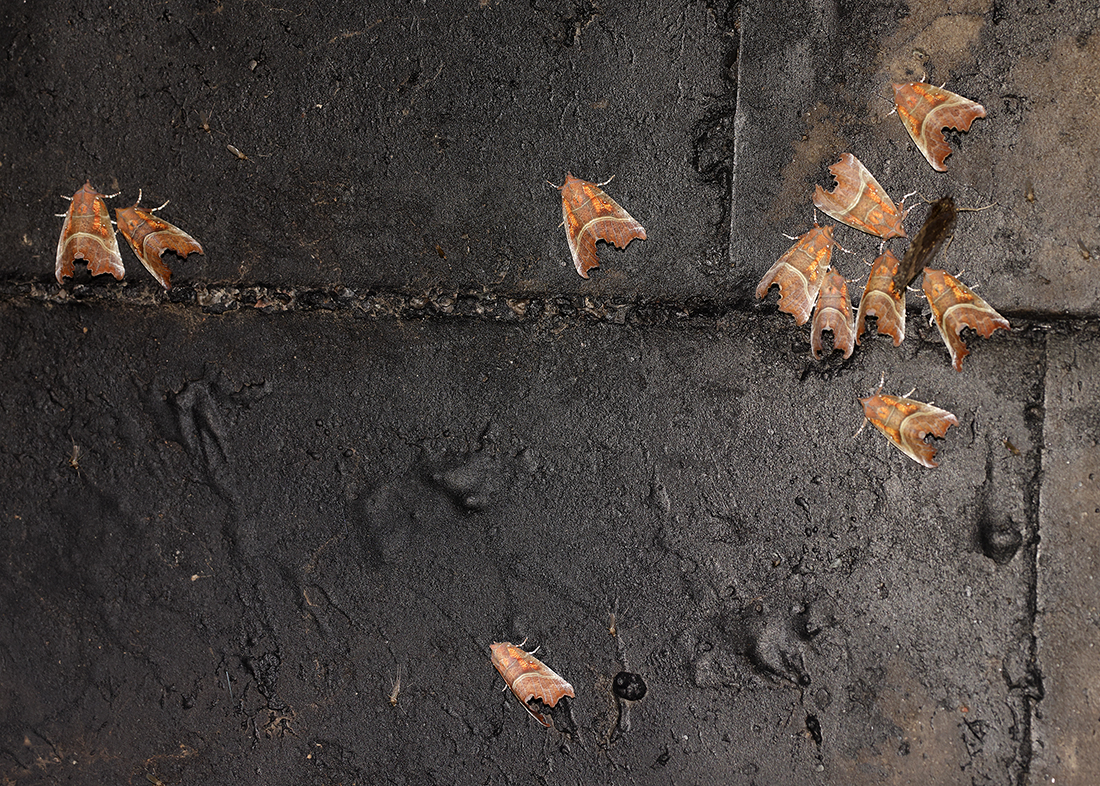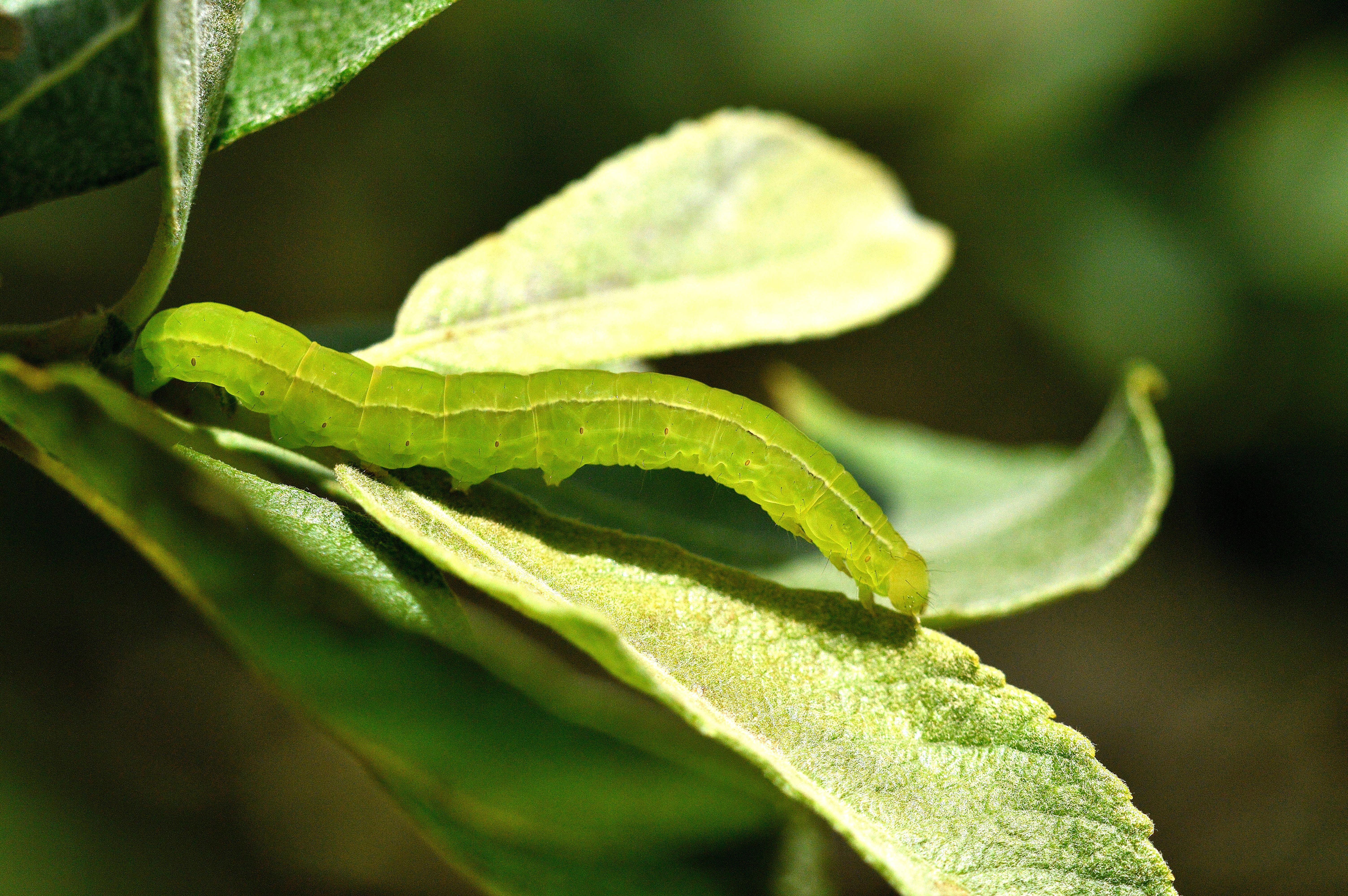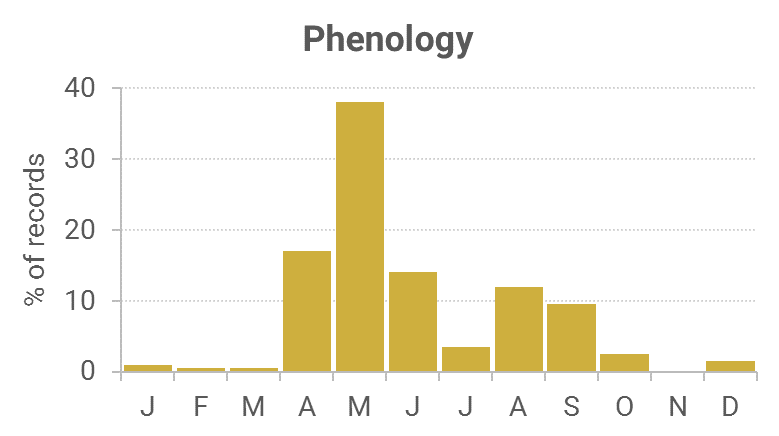See also Moth of the Week (01/11/2019)
Identification
Unmistakable.
Life cycle
Two generations. Overwinters as an adult in caves, tree hollows and sometimes outbuildings. Larvae are present May to July, again August, with pupation in a cocoon spun between two leaves.
Larval foodplants
Larvae feed on willows and poplars.
Habitat
Wide range of habitats where the foodplants are found.
History 1860-2010
Lennon (1863) stated that it was very common in his ‘List of Lepidoptera taken near Dumfries.’ Gordon (1913) had found it common at sugar in woods at Corsemalzie. Earliest date was 12th September 1897. Sir Arthur Duncan (1909-84) during his lifetime had found it at Closeburn and Tynron (VC72). Archibald Russell (1944) listed it as occurring near Gatehouse of Fleet (VC73) during the years 1942-43.
By the mid-1970s T. H. Ford had found it at Sandyhills, then, during 1976-80 there were a few records from the Waterside Mains Rothamsted station, with a single at the Gatehouse of Fleet station in 1980. During 1981-85 there were five records added from the Hensol Estate.
From 1992 to 2010 the regular trapped sites at Kirkton, Durisdeer and Cally Woods produced a moderate number of records, with the rest from widely scattered sites across the region.
